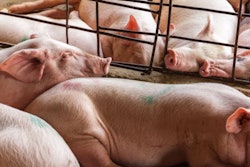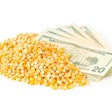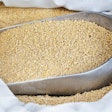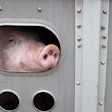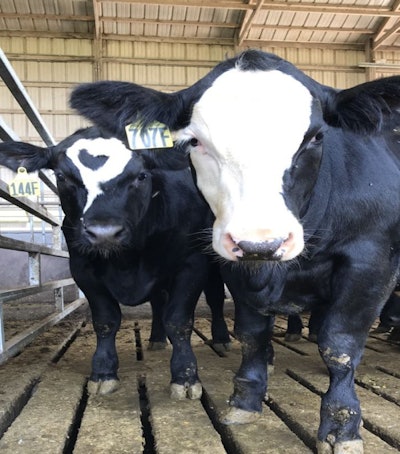
Cattle housed on rubber mats grow faster, but benefits disappear in overcrowded feedlots.
Looking to improve feed efficiency? Adding a few “creature comforts” in the form of rubber mats to your feedlot might be just what the cattle ordered.
Rubber matting isn’t a new concept for feedlots, said Josh McCann, an assistant professor of animal sciences at the University of Illinois. But the need to update the mats at the university’s barn offered an opportunity to test some long-running questions: how often the mats need to be replaced, and whether they offer any benefits to offset the cost of including them.
The answer, according to the resulting study, seems to be “it depends.” When cattle were housed in pens that had the new replacement mats, they were less likely to become lame and gained weight more quickly than cattle housed in pens without mats.
However, cattle housed on the old rubber mats did not enjoy the boost of productivity, suggesting the mats need to be replaced before they wear out to maintain the associated benefits, McCann said — though the rate of wear may differ from one feedlot to the next. And a second study demonstrated that when more cattle were added to each pen, the increased density of the animals also negated the benefits of the mats.
The results, McCann said, may be related to mobility in both cases. When the cattle are housed on bare slatted concrete floors, they may be prone to lying around when they would otherwise get up and eat more feed; the additional effort associated with changing position isn’t worthwhile if getting up off the floor is painful. Cattle housed on concrete floors may also expend more energy standing more frequently. Similarly, when cattle are packed tightly in small pens, as seen when the university increased the housing density in its experiment, they may be less able to move when they want to, McCann said. In both cases, this means less feeding activity and slower weight gain.
McCann noted that the university also tested two different styles of rubber matting, and found no significant difference between the two. While the study didn’t involve an economic analysis, this could give producers enough flexibility to find a matting option that provides sufficient performance benefits to cover the costs of the mats, he said.
“That’s a win-win,” McCann said. But even if they don’t fully pay for themselves, he said, “as an industry, we should probably put them in there just based on cattle comfort.”





